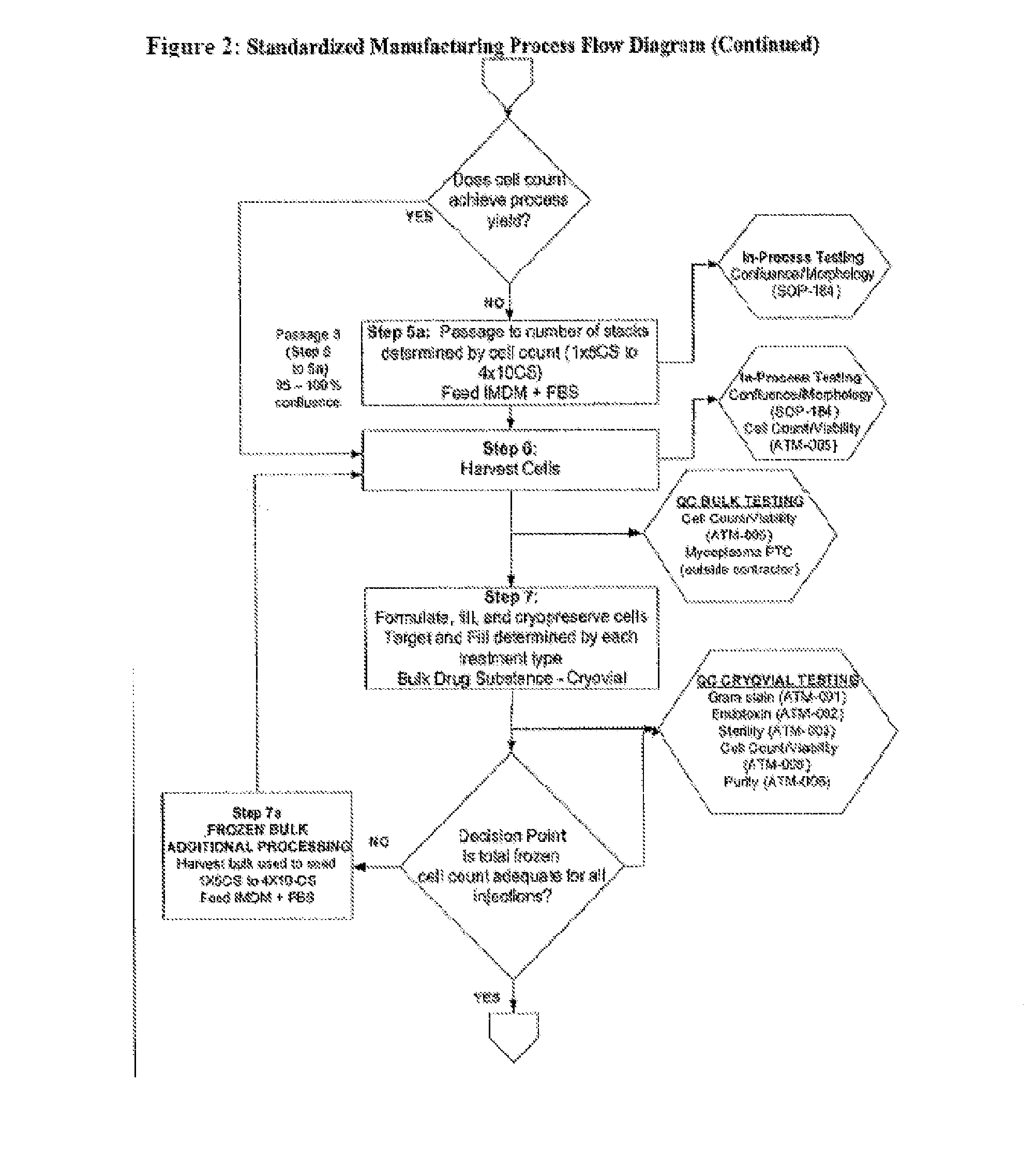Treatment of Vocal Cords with Autologous Dermal Fibroblast Formulation
a technology of dermal fibroblasts and vocal cords, applied in the direction of biocide, application, drug composition, etc., can solve the problems of affecting affecting the quality of vocal cords, and often rough and breathy voice, so as to increase the synthesis of extracellular matrix components
- Summary
- Abstract
- Description
- Claims
- Application Information
AI Technical Summary
Benefits of technology
Problems solved by technology
Method used
Image
Examples
example 1
A Phase I Clinical Trial to Determine the Safety and Efficacy of Autologous Fibroblast Cellular Injection Therapy for Treatment of Vocal Fold Scarring
Objectives:
[0066]The extracellular matrix and cellular components of the lamina propria layer is lost or altered in vocal fold scars. The goal of this study was to assess the safety and effectiveness of autologous fibroblasts injection to the lamina propria layer to treat vocal fold scarring.
Results:
[0067]Five patients were enrolled into the study with vocal fold scars that ranged from isolated lamina propria loss to full thickness scarring that included the epithelium. All subjects received all treatments and were followed up to 12 months. Assessment of safety endpoints showed that the only adverse events were temporary otalgia during treatment injection in the two patients with full thickness cover scars. There was no other morbidity or mortality. There were no laboratory abnormalities or other untoward events that were considered re...
PUM
 Login to View More
Login to View More Abstract
Description
Claims
Application Information
 Login to View More
Login to View More - R&D
- Intellectual Property
- Life Sciences
- Materials
- Tech Scout
- Unparalleled Data Quality
- Higher Quality Content
- 60% Fewer Hallucinations
Browse by: Latest US Patents, China's latest patents, Technical Efficacy Thesaurus, Application Domain, Technology Topic, Popular Technical Reports.
© 2025 PatSnap. All rights reserved.Legal|Privacy policy|Modern Slavery Act Transparency Statement|Sitemap|About US| Contact US: help@patsnap.com



